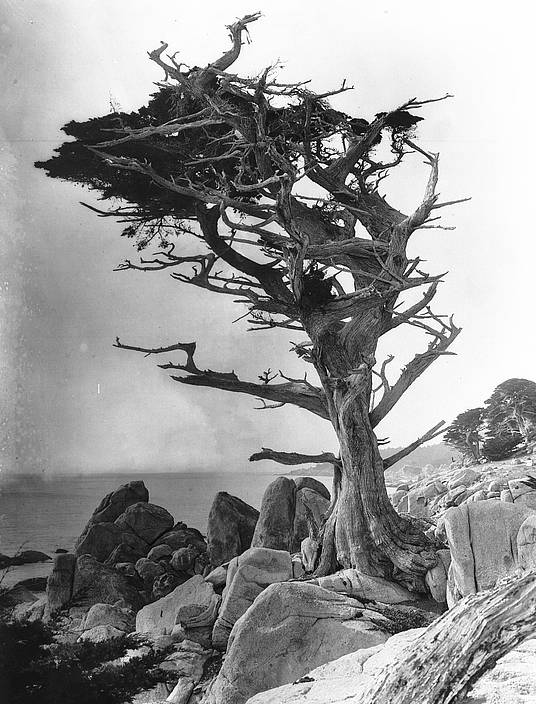Here and Now
Here and Now
A long time ago in China, a Monk asked Son Master Joju (Chao-Chou, 778-897): “Why did Bodhidharma come to China?” Joju answered the question with "The cypress tree in the courtyard!” What kind of answer was that? What was the meaning of this answer?
A similar story from ancient China: A Monk once asked Son Master Un-Mun (Yun-Men, ca.892-949), “What is Buddha?” Un-Mun replied, “Dried shit on a Stick!” I suppose this Monk had expected another kind of answer from the Son Master. The masters’ answer would probably have left the Monk speechless, with no clue of a meaning.
When I first heard those stories, I too, did also think, this does not make any sense. Nevertheless, this is exactly the purpose of these ‘Zen riddles’ (Hwadu/Gongan). They do not make sense, if you are trying to solve them using conventional thinking.
Of course, there are many ways to tell those stories, and many ways to explain the masters’ responses. Analysing them through conventional thinking will often give rise to very philosophical and complicated answers, too complicate for me.
But what if, the answers are just so wonderfully simple?
Not giving the questioners the answer they expect, is often quite developing for the questioners.
I think that the Masters intensions were to guide the students in the right direction. Therefore, if a student were slightly off track, the Master could point the student in the right direction, back on track. Whether the student will go back on the track and follow the Way, is the student’s own choice.
So, when the student asks “Why did Bodhidharma come to China?” The Master probably thinks: “Back on track, student, follow the Way” and then gives the answer: “The Cypress tree in the courtyard”, because this is what the Master sees HERE AND NOW! And even if the question “Why did Bodhidharma come to China?” could be seen as another way of asking, “What is the essence of Son?” the answer is still wonderful. Because Son is Chong-Ki-Shin in perfect alignment. That is, not to live in the past, nor in the future, but to live simple and clear, here and now!
As I see it, it is the same with the question “What is Buddha?” and the corresponding answer “dried shit on a stick!”. Because this is what the Master saw, HERE AND NOW!
In the old days, there were no toilets with running water. So a stick could be used to clean the toilet. Moreover, the stick could be placed beside the pit, eventually with dried shit on the tip, ready to be used next time. I think this was what these old Masters were trying to say to their students: “Live in the moment with presence and respect. Cry when you are sad, laugh when you find something funny, drink when thirsty and sleep when tired. All things happen in the moment. You live in the moment, because neither the past nor the future exist. I wish for you to seize the day, and live happily in the moment, here and now, moved only by your true heart (Maoumuro Umjigyora).”
Jørgen Løye Christiansen, Dojang Roskilde




